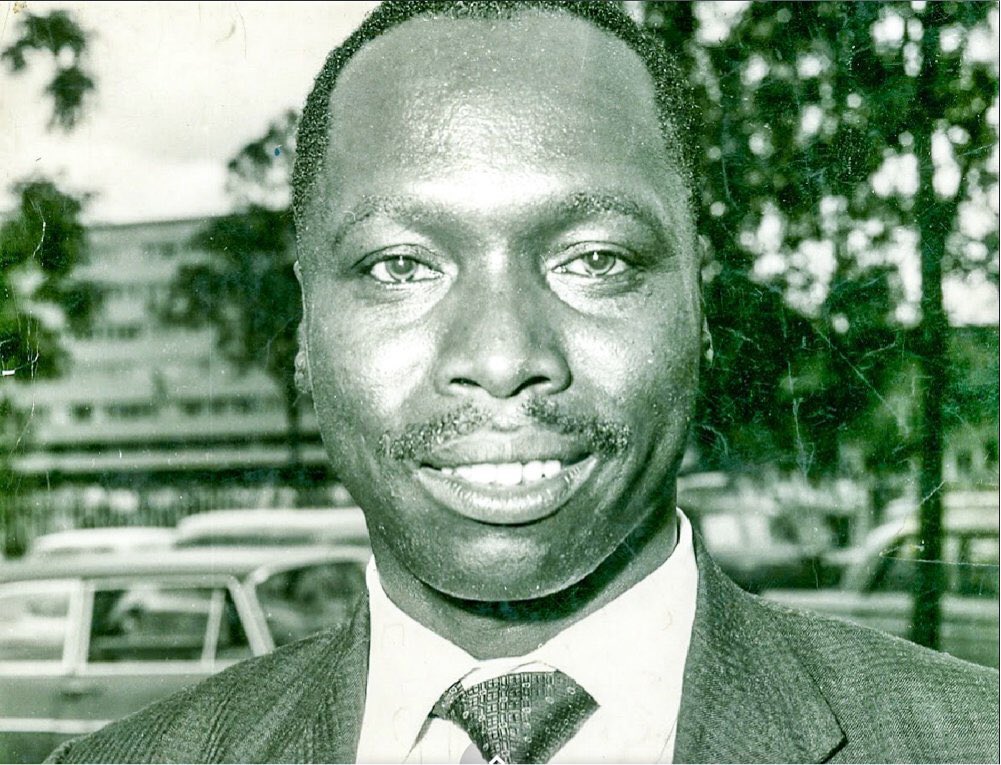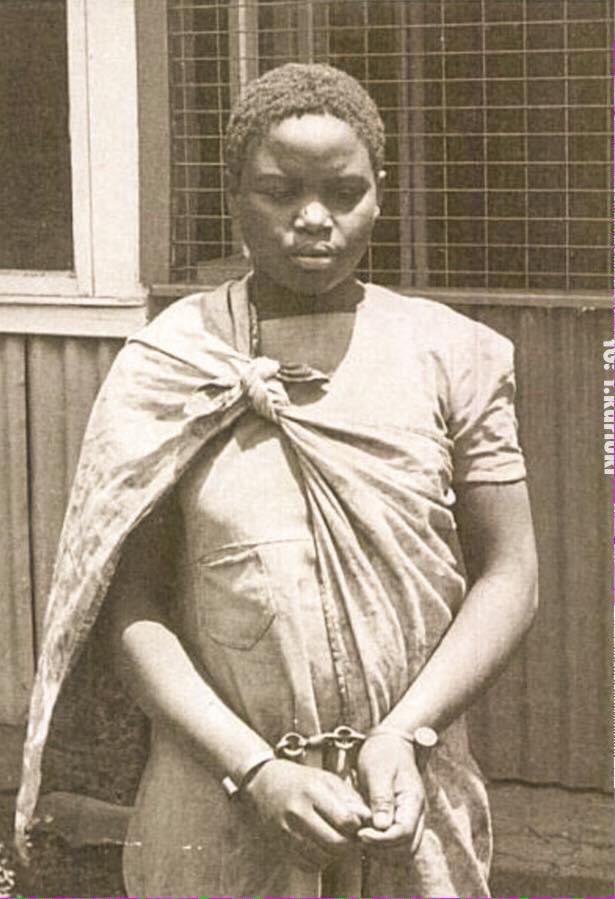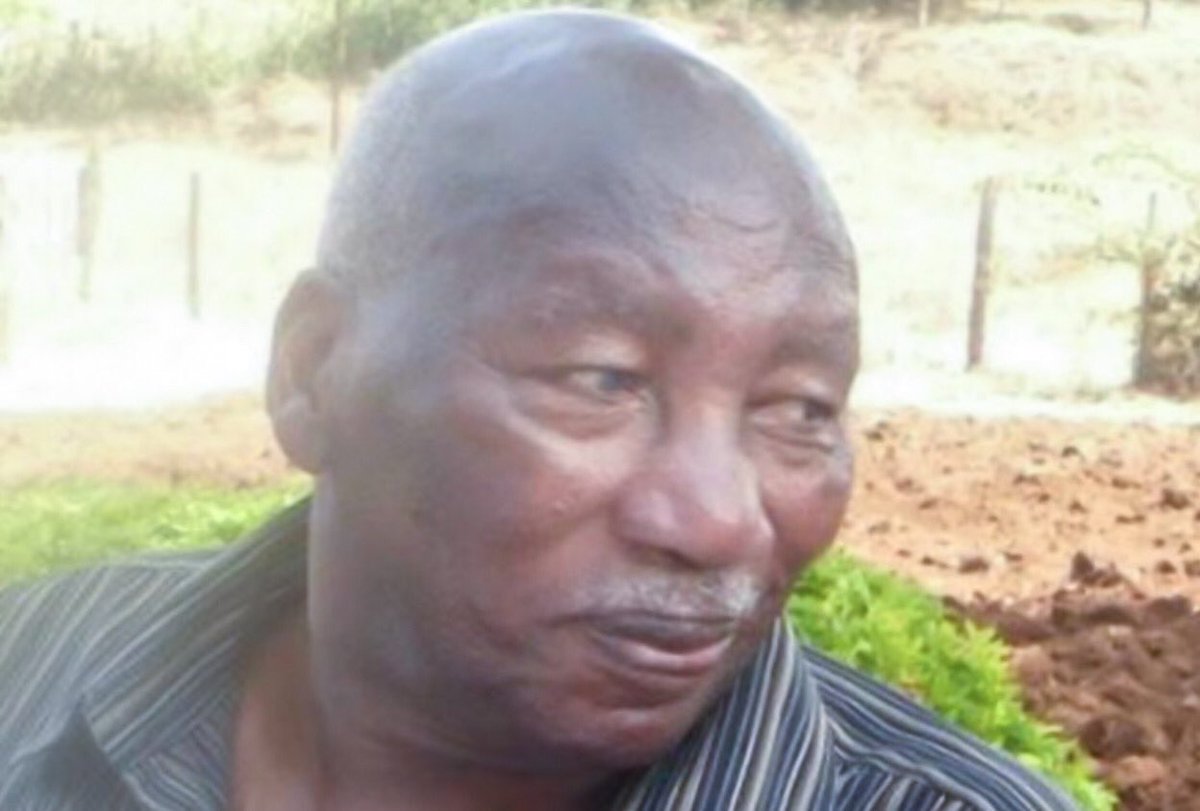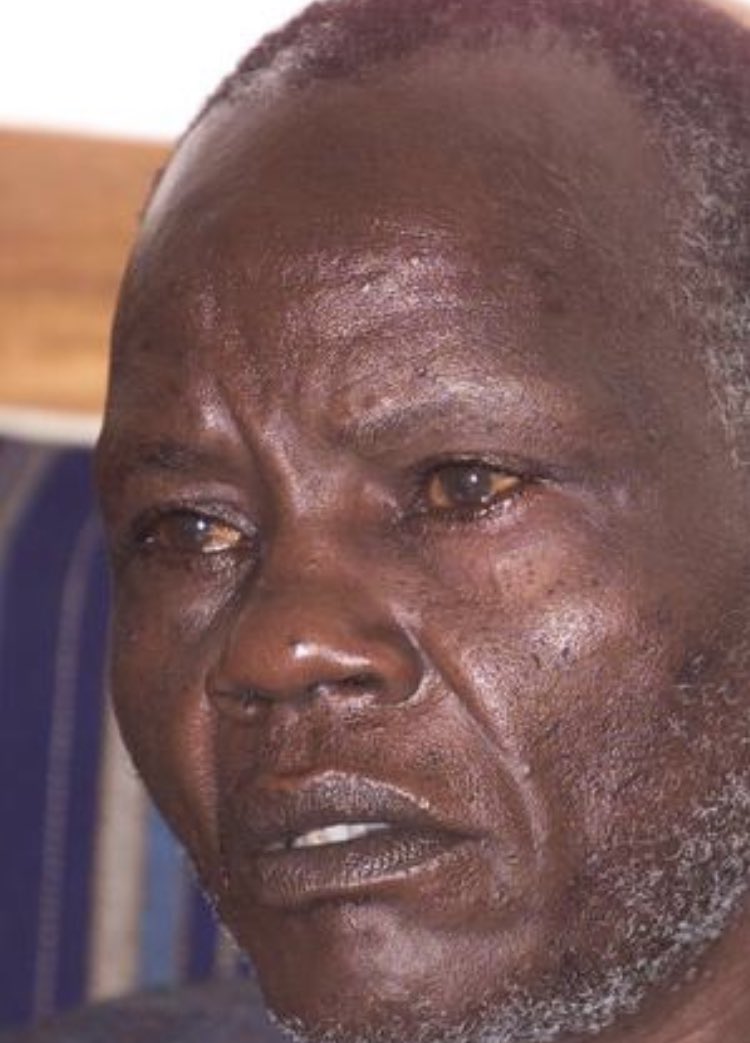
#HistoryKEThread: Parties Here, There, Everywhere
In 1955, the colonial administration granted Africans the right to found political parties. The parties, however, were subject to the District Commissioner’s approval, and their activities allowed up to the district level.
In 1955, the colonial administration granted Africans the right to found political parties. The parties, however, were subject to the District Commissioner’s approval, and their activities allowed up to the district level.

According to veteran historian Prof. Bethwel Ogot, by causing the creation of political mouthpieces in the grassroots for Africans, the colonial administration hoped to isolate and undermine the Mau Mau movement.
Dozens of parties sprung up. Among them were the Abaluhya Peoples Association, Mombasa African Democratic Union, Nairobi District African Congress, the Abagusii Association of South Nyanza, Nakuru African Progressive Party and Taita African Democratic Union.
Political parties in central Kenya were however banned.
In the Rift Valley, a mission-educated teacher, Daniel arap Moi founded the Baringo District Independent Party. In his Land Rover, he toured various Kalenjin-speaking areas of the Rift Valley, spreading the gospel of African nationalism. 

Inevitably, his popularity grew. He was subsequently elected as the Rift Valley representative to the Legislative Council (LegCo). In those days, LegCo was the equivalent of Parliament.
When the Lennox Boyd constitution of 1957 increased African representation in the LegCo, Moi was joined by two other elected Rift Valley leaders, namely Justus ole Tipis and Dr. Taita Towett (pictured). 



When in Nairobi, these three leaders grew close. They regularly put up at the same lodging in Pumwani when attending LegCo sessions.
Unlike leaders like Julius Kiano, Tom Mboya and Oginga Odinga (Mzee Kenyatta was in detention), Moi, Towett, ole Tipis and Ronald Ngala - the representative from Coast province, didn’t give a tinker’s damn about the Mau Mau movement or its cause.
The colonial administration had to a significant extent succeeded in creating a clique of African leaders driven by regional rather than national interests.
“Tribalism will live for another fifty years or so”, Moi told the BBC in August of 1958 when asked to comment about the proliferation of regional parties.
63 years later, do we still have regional parties?
Images: KNA, courtesy.
• • •
Missing some Tweet in this thread? You can try to
force a refresh














